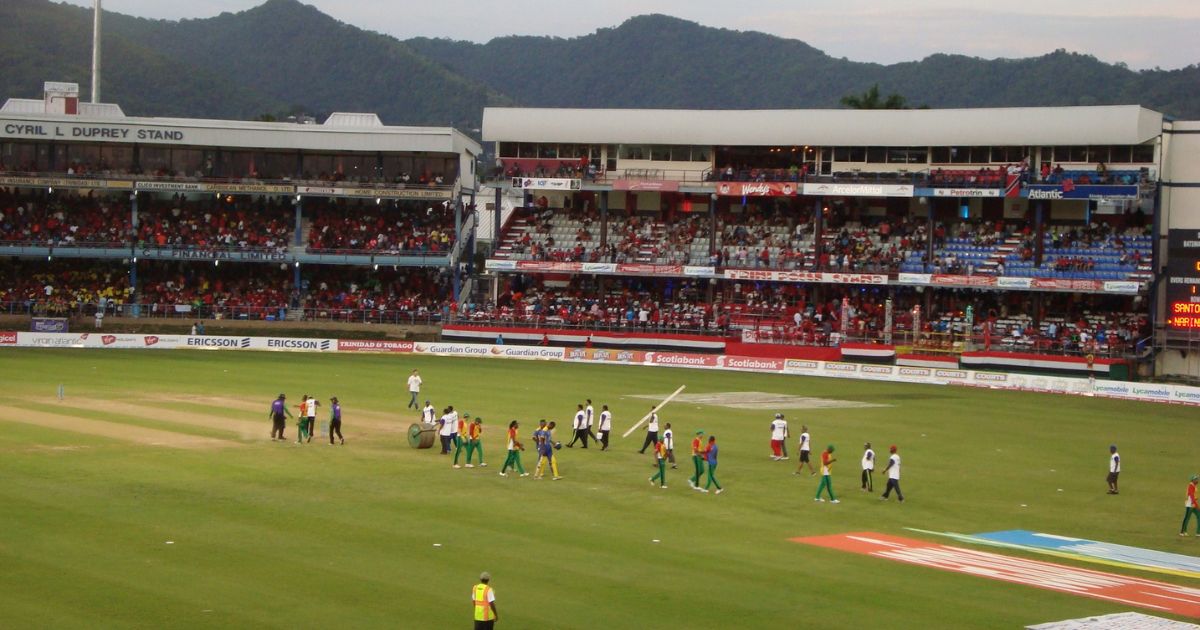Cricket, a sport steeped in tradition and passionate fandom, thrives on intense competition. But beyond the raw skill and strategy on display, one crucial factor can significantly sway the outcome – home advantage. This article delves into the heart of this phenomenon, exploring its various facets, its impact on the game, and strategies for both maximizing and mitigating it.
Understanding Home Advantage in Cricket

Imagine a batsman facing a familiar pitch, one where they’ve honed their technique for countless hours, anticipating the subtle variations in bounce and swing. Now, contrast that with the experience of a visiting batsman, confronted with a new surface, its behavior a mystery waiting to be unraveled. This familiarity advantage is a cornerstone of home advantage in cricket.
Statistics paint a clear picture. Win percentages for teams playing at home are demonstrably higher. Data analysis from various cricket boards reveals a significant win percentage gap between home and away performances across all formats of cricket (Test, ODI, T20). This advantage isn’t just about comfort; it’s a potent blend of factors we’ll explore further.
Factors Contributing to Home Advantage

The home advantage in cricket is a multifaceted phenomenon, encompassing several key elements:
Pitch and Conditions
The home team’s familiarity with pitch behavior is a significant weapon. They understand how the pitch ages, how it reacts to weather patterns, and the areas most susceptible to swing or seam bowling.
This allows them to exploit these variations strategically, setting bowling traps and crafting batting tactics to maximize scoring opportunities.
Psychological Boost
The passionate roar of the home crowd creates an intimidating atmosphere for the away team. The mental pressure of performing under scrutiny can affect decision-making and execution.
Conversely, the home team basks in the increased confidence and team spirit fueled by the crowd’s unwavering support. Reduced travel fatigue due to playing in familiar surroundings also contributes to a fresher and more focused home team.
Tactical Advantage
Home teams have the luxury of tailoring their team selection to exploit the specific conditions of their home ground. They might pick specialist bowlers known to excel on turning pitches, or batsmen with a solid technique suited to handle swing bowling.
Additionally, the home captain’s strategic use of the toss decision becomes crucial. Winning the toss allows them to choose whether to bat or bowl first, potentially gaining a significant advantage depending on the pitch conditions at the start of the match.
Challenges And Strategies for Away Teams

Playing away from home presents a unique set of challenges:
- Unfamiliarity with Away Conditions: The visiting team grapples with a new pitch, its behavior a mystery to be unraveled. This can lead to uncertainties in shot selection and bowling strategies. Additionally, adapting to unfamiliar weather conditions and time zones can further disrupt their rhythm.
- Travel and Acclimatization Challenges: Long travel distances can lead to fatigue, hindering physical performance. Adjusting to significant time zone differences can disrupt sleep patterns and impact mental focus.
- Pressure of Performing Under Hostile Crowd Atmosphere: The roar of the home crowd can be intimidating, creating pressure on the away team. This can lead to nervous energy, potentially impacting decision-making and execution.
Despite the challenges, there are ways for away teams to mitigate the home advantage:
- Adapting to Unfamiliar Conditions: Thorough data analysis of past matches played on the ground can provide valuable insights into pitch behavior and potential variations. Studying weather forecasts and implementing routines to manage time zone differences becomes crucial for acclimatization.
- Mental Toughness and Handling Pressure: Techniques for managing crowd noise and staying focused under pressure are essential. Experienced players with strong mental fortitude can guide the team through such situations
Quantifying the Home Advantage Impact

The impact of home advantage is not just anecdotal. Statistical analysis reveals a clear correlation between playing at home and winning. Studies show that win percentages for home teams can be 10-20% higher compared to away matches. Besides, the impact of home advantage varies depending on the cricket format:
- Test Cricket: The longest format, with matches spanning five days, arguably presents the strongest home advantage. The pitch evolves significantly over the course of the match, and the home team’s familiarity with these changes becomes a potent weapon. Statistics reveal a significant win percentage gap in Test matches between home and away teams.
- One-Day Internationals (ODIs): The shorter, more dynamic nature of ODIs reduces the home advantage to some extent. However, factors like crowd support and toss decisions still play a crucial role. Data analysis suggests a smaller but persistent win percentage gap in favor of the home team in ODIs compared to Tests.
- Twenty20 (T20): The shortest and most explosive format of cricket presents the least pronounced home advantage. The emphasis on power hitting and quick decision-making can sometimes overshadow the influence of pitch and conditions. However, the home crowd’s support and the toss decision can still provide a slight edge.
The Future of Home Advantage: Balancing the Game

The concept of home advantage sparks debate. While some argue it adds a thrilling layer of uncertainty and a reward for teams performing well in familiar conditions, others believe it creates an uneven playing field.
Possible solutions to balance the game include:
- Neutral Venues: Playing a portion of matches on neutral grounds could create a more level playing field. However, this approach might diminish the passionate home crowd atmosphere, a vital element of cricket’s allure.
- Standardized Pitches: While maintaining some variation, standardizing pitches across grounds could reduce the home team’s advantage derived from familiarity. This approach, however, could potentially homogenize the game, removing a strategic element.
Conclusion: Mastering the Art of Home Advantage
Home advantage remains a potent force in cricket, influencing strategies, performances, and ultimately, the outcome of matches. Understanding its various facets – from pitch familiarity to psychological factors – empowers teams to both maximize their advantage at home and mitigate it when playing away.
By understanding and mastering the art of home advantage, teams can gain a crucial edge in the fiercely competitive world of cricket.
Ready to place your first cricket bet? GCBI equips you with the knowledge you need through its helpful tips and reviews.
Home Advantage in Cricket FAQs
Home-ground advantage refers to the various factors that give a cricket team an edge when playing at their home stadium. These factors can include familiarity with the pitch, crowd support, reduced travel fatigue, and the ability to tailor strategies to the home ground.
Studies show a clear correlation between home advantage and win percentage across all cricket formats. Familiarity with the pitch, psychological factors like crowd support, and strategic decision-making all contribute to a team’s performance when playing at home.
Cricket bettors often factor in home advantage when making their predictions. Analyzing historical win percentages for teams playing at home and away can provide valuable insights for informed betting decisions.
While significant, home advantage isn’t an absolute guarantee of victory. Strong away teams can overcome the home advantage through excellent planning, adaptability, and mental resilience. The format of the game also plays a role, with Test matches showcasing the strongest home advantage and T20s presenting the least.
